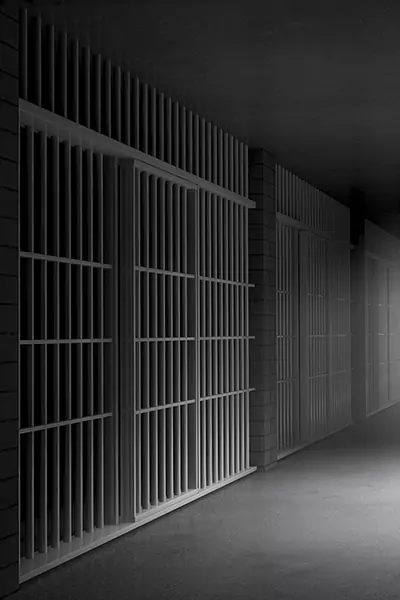Child Abuse Penalties and Sentencing
- in Laws
The State of California makes certain acts of child abuse crime. Child abuse laws are set forth in Penal Code 273d PC, sometimes referred to as the corporal injury law, which criminalizes the imposition of a physical injury or cruel punishment on a child. If you are charged with child abuse, then you may have the opportunity to be released after posting a bail bond.
As the nickname suggests, this law addresses situations where a person is accused of inflicting corporal injury on a child. These child abuse laws are intended to protect minors and punish those who willfully cause injuries, such as physical abuse, mental abuse, sexual assault, and exploitation.
What types of acts against child abuse law can be charged?
Types of acts against child abuse law may include:
- Physical abuse (e.g., hitting a child, inflicting corporal injury on a child, using excessive force, etc.)
- Mental abuse (e.g., harming a child without physical touching)
- Sexual assault (e.g., rape, molestation, and other sex crimes)
- Exploitation (e.g., using a child illegally or wrongfully for some purpose, abuse in the child-caring process)
In general, there must have been some identifiable injury inflicted in order for a person to be charged. This could include bruises, cuts, breaks, and other types of wounds.
Crime identification laws require certain persons to report any known or suspected incidences of child abuse. Each county in California has a reporting number where identification reports can be made.
Child abuse penalties, charges, and sentencing
If you are charged with child abuse, then you may be placed under arrest. After being arrested, you will be advised of your rights. A judge will set a bond or bail amount, which is a monetary amount that may be posted to secure your release from incarceration. There may also be other conditions associated with a release, which you will be required to follow to avoid going back to jail while the case is pending.
After you are advised of your rights, you will have the opportunity to enter a plea to the charge. If you plead not guilty, then you will have the opportunity to request a trial. Before trial, there may be negotiations with the prosecution to reach a plea agreement. There may also be pretrial hearings to address various issues.
If the case proceeds to trial, then the prosecution will have to prove the elements of the charge beyond a reasonable doubt. You and your attorney will have an opportunity to cross-examine witnesses and present rebuttal evidence to dispute the allegations. A trial will either be in front of a jury or decided by a judge.
What are the potential consequences?
Penal Code 273d PC provides for misdemeanor punishment or felony punishment, depending on the facts of the case. Because it can be charged as either a felony or misdemeanor, it is known as a California wobbler offense. A conviction for this California wobbler offense may result in jail for this crime.
If the evidence rises to the level to justify misdemeanor punishment, then the person charged could face up to 1 year in jail for child abuse and a fine of up to $6,000. If the child abuse evidence rises to the level to justify felony punishment, then there could be between 2-6 years imprisonment and a fine of up to $6,000.
Defenses to Corporal Injury Law
Some defenses to a child abuse allegation may include:
- Physical contact was not excessive.
- The act was not done intentionally.
- The act was a reasonable form of discipline in the child-caring process.
- Violation of constitutional rights.

